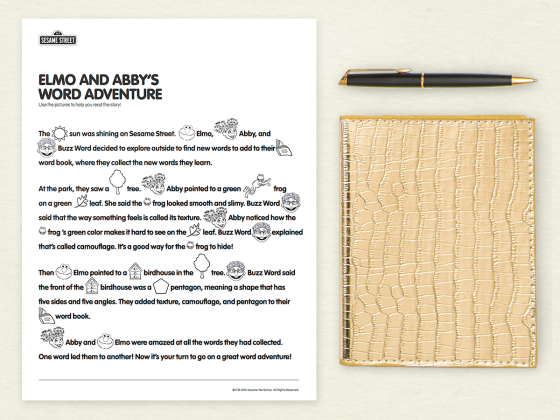
Reading With Picture Clues
Use pictures to build children's reading confidence.
- Print out the page and read the story together, running your fingers along the lines as you read them. When you get to a picture, point to it and pause, giving children a few moments to chime in. You might underline the word that spells out the image.
- When you’re finished, say something like, “You did a great job reading that story,” or “Thank you for helping me read that story.”
- Next time you read a book together, help kids use pictures to understand what’s happening, like they just did. Younger kids can use this strategy to “read” a whole story (narrating the story based on the pictures alone). Older readers can use pictures as clues to help them read a word they don’t know (for instance, if they’re struggling with the end of a word beginning with “el,” and there’s a picture of an elephant on the page, they get a hint that the word is “elephant”)!
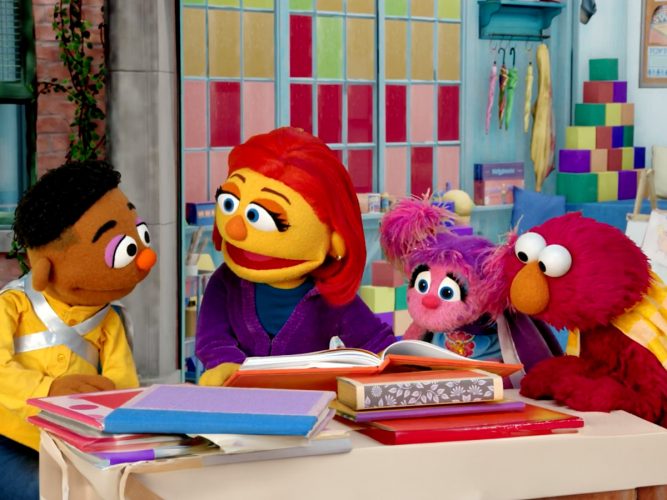
Buzzing About Books
As children grow, they can engage with books (and caring grown-ups!) in special ways.
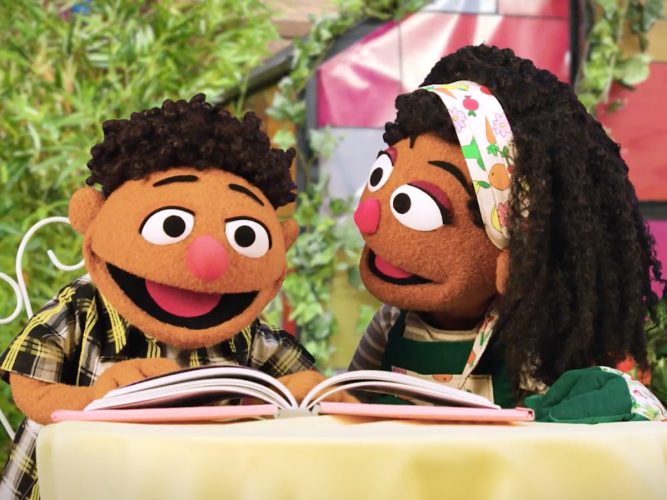
A Star Reader
There are many steps to reading, and all are important to becoming a great reader. It’s a process!
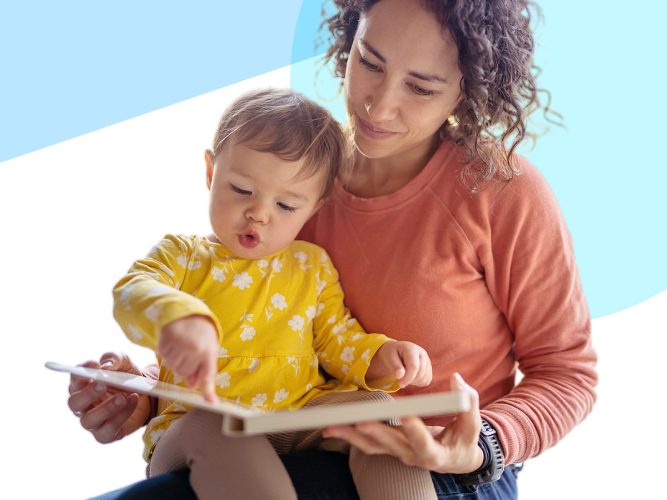
Tips for Shared Reading with Children Birth to Three
Tips for using reading time to bond with your child and build their language and literacy skills.
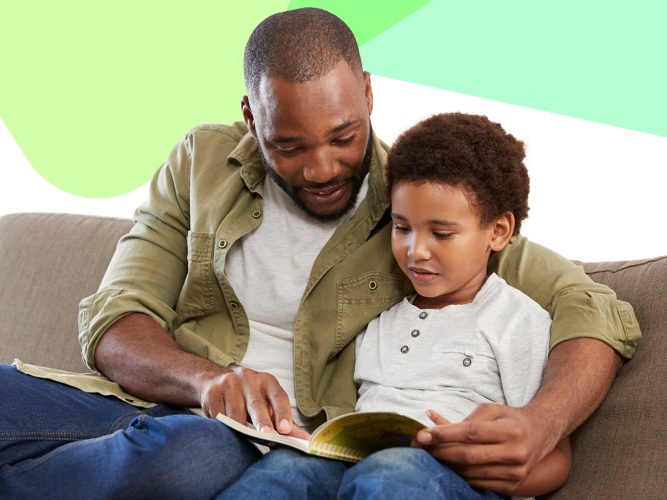
Tips for Shared Reading with Children Three to Five
Tips to make shared reading a time for learning and connection.
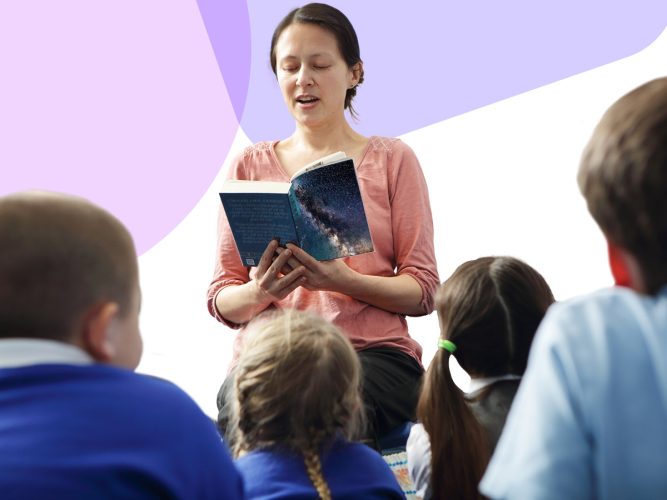
A Mighty Voice
Finding confidence in the ways that you tell stories will make them even more special to the children you share them with.
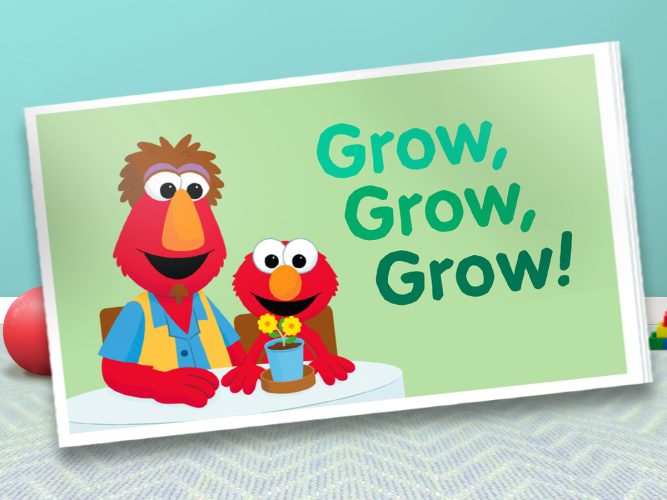
Grow, Grow, Grow!
A story about Elmo and his daddy using a book to grow a flower.
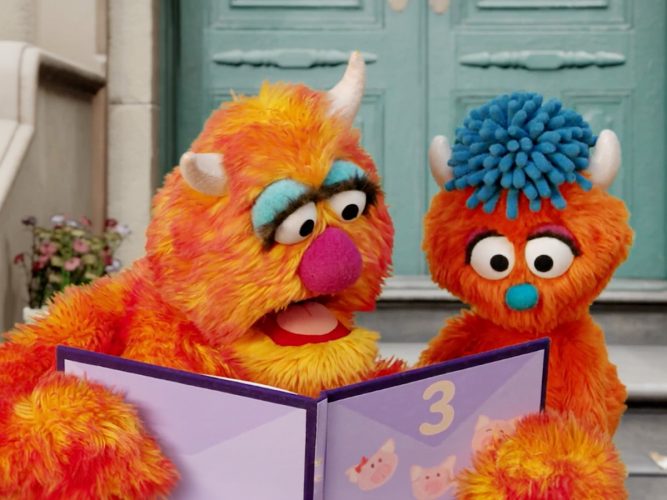
One More Time
There are lots of different ways to share the same story, again and again!
